Country
Peru
Application
Drinking Water
Water source
Reservoir
Filtration solution
Stage 1: 3” Spin KlinTM
Stage 2: AMF-370K + media filters
Stage 3: AMF-370K

Background
The Toquepala mine is a large copper mine in the Tacna Province in Peru, on the border with Chile and Bolivia. The mine is situated far from nearby towns and cities and is operated by between 800-900 employees living on-site. The soil and water sources surrounding the mine are contaminated with arsenic, classified as Group 1carcinogen* and posing a serious risk to human health. The existing water treatment included only chemical disinfection to provide the local population with water for non-potable purposes, such as showers, toilets and gardening. For potable use, they were drinking only bottled mineral water, and an alternative solution was essential.
Challenge
The design of the plant needed to consider contamination removal (silt, biological material, as well as residual of iron and algae) to reach a level of less than 1 NTU, as well as to bring the arsenic level down from the current 80-100 ppb to less than 10 ppb. The removal of arsenic proved to be particularly challenging, as it dissolves in water and needs to be altered to its particulate form so it can be captured on the filtration media. The system also had to comply to the strict ASME code design requirements. The remoteness of the site posed a number of logistical challenges. As the testing labs were distant, water quality results were delayed, making it difficult to determine how to proceed with the final design. Getting supplies and equipment delivered to the site also increased the operational complexity.
Solution
Amiad’s solution consists of 3 stages: Stage 1 Prefiltration: 3” Spin KlinTM disc filters at 55 micron for filtering larger particles Stage 2 Main filtration: AMF-370K microfiber filters at 20 micron and media filters with catalytic media for reducing NTU and arsenic Stage 3 Fine filtration: AMF-370K microfiber filter at 2 micron for polishing Both the Spin KlinTM disc filters and the 20 micron AMF filters are designed to reduce the particle load on the media filters, reduce chemical consumption and increase water recovery as much as possible.
The Control Kit
As part of our filtration solution, we designed and delivered an electric and software kit to remotely control the system’s operation. The electric kit was composed of 2 main boards (electric and software) including 10” HMI screen, 5 submaster boards to control the filtration units, and 5 VFD boards to control the pumps’ operation. This kit also included full analytic equipment (pressure & level sensors, PH, temperature, free chlorine and turbidity meters) that are controlled through the HMI. The HMI system is connected to the client’s SCADA allowing the operator to view and fully control the filtration system from the control room. In case of a malfunction, an Amiad technician can easily connect to the system by remote access, and assist the operator in solving the problem, in real-time.
Results
During the DWTP commissioning, the hydraulic and control systems were installed and troubleshooted. The chemical treatment was optimized and fine-tuned and as shown in the graphs on the right, the treated water quality achieved even better results than expected by the client. The turbidity was less than 0.5 NTU (most of the time even less than 0.2 NTU) and the arsenic level decreased from 80-100 ppb to less than 5 ppb.




